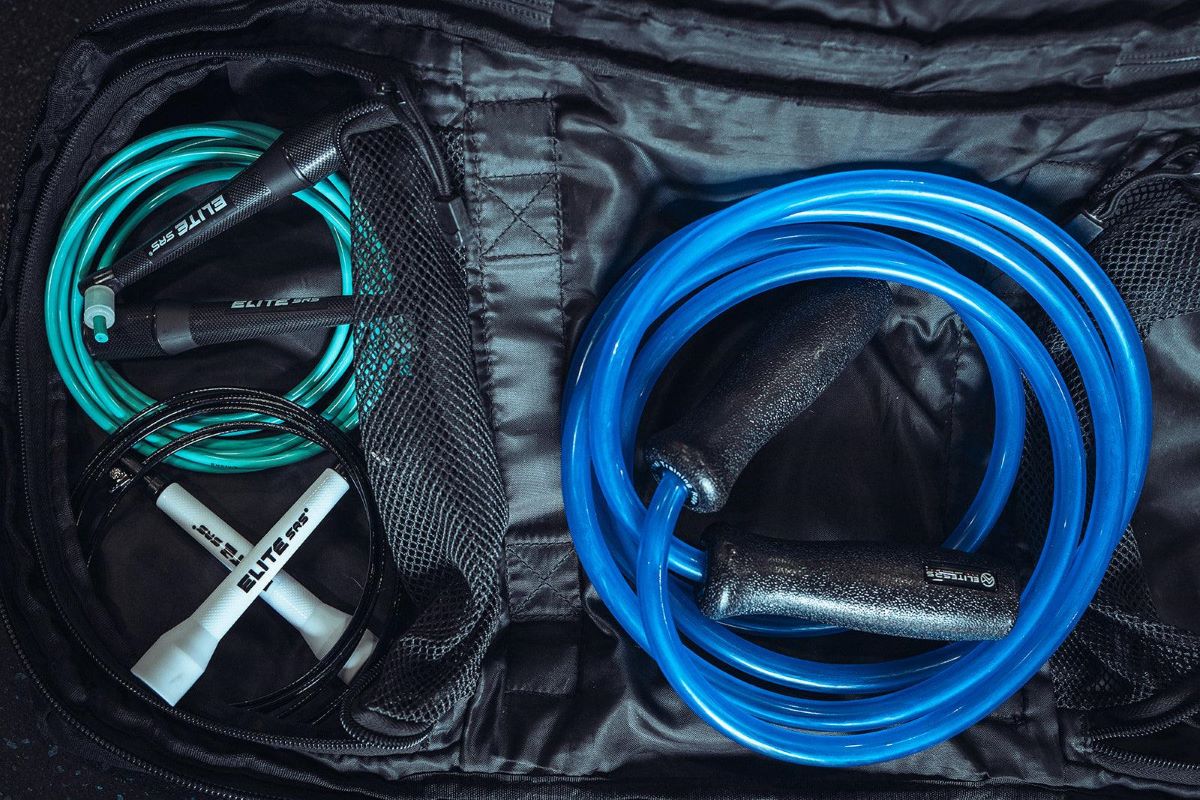

Articles
How To Store A Jump Rope
Modified: March 19, 2024
Learn how to store your jump rope properly with these helpful articles. Keep your jump rope tangle-free and in great condition for your workouts.
(Many of the links in this article redirect to a specific reviewed product. Your purchase of these products through affiliate links helps to generate commission for Storables.com, at no extra cost. Learn more)
Introduction
So you’ve just finished your jump rope workout and now you’re wondering, “How should I store my jump rope?” Proper storage is an essential part of taking care of your jump rope and ensuring its longevity. Whether you’re a beginner or a seasoned jump roper, knowing how to store your jump rope correctly can make a big difference in maintaining its performance and preventing unnecessary damage.
In this article, we will explore the importance of proper jump rope storage and provide you with step-by-step instructions on how to store your jump rope effectively. From choosing the right storage location to cleaning and maintaining your jump rope, we’ve got you covered. So let’s jump right in!
Key Takeaways:
- Proper storage of your jump rope is crucial for preventing tangling, preserving durability, and maintaining performance. Follow the steps outlined to ensure a hassle-free workout experience and extend the lifespan of your rope.
- Choosing the right storage location, cleaning and drying your jump rope, and maintaining its condition are essential for ensuring a reliable and enjoyable workout experience. By following these steps, you can keep your jump rope in optimal condition and ready to help you achieve your fitness goals.
Read more: How To Store Jump Rope
Why Proper Storage Matters
Proper storage of your jump rope is crucial for several reasons:
- Prevents Tangling and Knots: Leaving your jump rope in a tangled mess can be frustrating and time-consuming. Proper storage helps prevent tangling and knots, saving you valuable workout time and ensuring a smooth jumping experience.
- Preserves Durability: A well-maintained jump rope lasts longer. By storing it properly, you can protect it from unnecessary wear and tear, such as fraying or stretching, that can occur when it’s left neglected or tossed around haphazardly.
- Maintains Performance: Storing your jump rope correctly can help maintain its performance. A coiled jump rope retains its shape, allowing for better rotation and reducing the risk of tripping or getting caught during jumps.
- Organizes Your Exercise Equipment: Properly storing your jump rope helps keep your exercise space tidy and organized. It’s easier to find and grab your jump rope when it’s neatly stored, ensuring you can start your workout quickly and efficiently.
- Prevents Accidents: Leaving your jump rope lying around can be a tripping hazard, especially if you have children or pets at home. Proper storage keeps your jump rope safely stowed away, reducing the risk of accidents and injuries.
By taking the time to store your jump rope properly, you can enjoy a hassle-free workout experience, extend the lifespan of your rope, and ensure you get the most out of your training sessions.
Choosing the Right Storage Location
When it comes to storing your jump rope, selecting the right location is key. Here are some factors to consider:
- Suitable Space: Choose a space that is clean, dry, and free from excessive moisture. Moisture can lead to the buildup of mold and mildew, which can damage your jump rope over time.
- Temperature and Humidity: Extreme temperatures and high humidity can also impact the lifespan of your jump rope. Avoid storing it in areas that are excessively hot, cold, or humid, such as garages or basements, as these conditions can cause the material to deteriorate.
- Away from Sunlight: UV rays from direct sunlight can damage the coating and material of your jump rope. Store it in a location where it is shielded from sunlight to prevent fading, discoloration, and weakening of the rope.
- Accessible: Choose a location that is easily accessible and within reach. This will make it more convenient for you to grab your jump rope and start your workouts without any hassle.
- Secure: Ensure that the storage location keeps your jump rope secure and protected from pets, children, or any potential hazards that could cause damage.
Based on these considerations, some suitable storage locations include a dedicated workout bag, a designated spot on a shelf, or a storage bin. Just remember to avoid areas with excessive moisture, sunlight exposure, and extreme temperatures, and prioritize accessibility and security.
Cleaning and Drying the Jump Rope
Regular cleaning and drying of your jump rope is essential to maintain its hygiene and performance. Here’s how you can effectively clean and dry your jump rope:
- Remove Excess Dirt and Debris: Before cleaning your jump rope, remove any visible dirt, dust, or debris by wiping it gently with a dry cloth or brushing it with a soft-bristled brush. This will prevent dirt from getting trapped in the rope during the cleaning process.
- Hand-Wash with Mild Soap: Fill a basin or sink with lukewarm water and add a small amount of mild soap. Submerge the jump rope in the soapy water and gently hand-wash it, paying attention to any areas that are particularly dirty or stained.
- Rinse Thoroughly: After washing, rinse the jump rope thoroughly with clean water to remove any soap residue. Ensure that all soap is rinsed out to prevent it from deteriorating the rope over time.
- Dry Completely: To prevent moisture from lingering and causing damage, it’s important to dry the jump rope thoroughly. You can hang it over a clothesline or lay it flat on a clean, dry surface. Avoid direct sunlight or heat sources, as they can cause the rope to shrink or become brittle.
- Avoid Machine Washing or Tumble Drying: Machine washing and tumble drying can be harsh on the jump rope, leading to fraying, stretching, or damage to handles. It’s best to stick to hand-washing and air-drying methods for optimal care.
By following these steps, you can effectively clean and dry your jump rope, ensuring that it remains in good condition and ready for your next workout.
To store a jump rope, coil it neatly and secure it with a Velcro strap or tie. Hang it on a hook or store it in a small container to prevent tangles and prolong its lifespan.
Coiling and Securing the Jump Rope
Properly coiling and securing your jump rope is crucial for preventing tangles and knots. Follow these steps to effectively coil and secure your jump rope:
- Hold the Handles: Grab the handles of the jump rope firmly with one hand on each end.
- Extend the Rope: Extend the rope fully in front of you, ensuring it is straight and free from any twists or kinks.
- Make a Loop: Create a large loop by bringing the handles together. Hold the loop in your non-dominant hand.
- Wrap the Rest of the Rope: With your dominant hand, start wrapping the rest of the rope around the loop. Make sure to keep the wraps tight and neat to prevent any looseness or tangling.
- Secure the Coil: Once you’ve wrapped the entire length of the jump rope, tuck the loose end under the loops to secure the coil in place.
- Store or Hang: Depending on your storage preference, you can either store the coiled jump rope in a bag or container or hang it on a hook or hanger. Make sure it is stored securely, avoiding any potential entanglements with other objects.
By taking the time to coil and secure your jump rope properly, you can prevent tangles and knots, making it easier to grab and use for your next workout.
Read more: How To Store A Rope
Storing the Jump Rope in a Bag or Container
Storing your jump rope in a bag or container can provide an added layer of protection and keep it neatly organized. Here are some steps to follow when storing your jump rope:
- Select a Suitable Bag or Container: Choose a bag or container that is spacious enough to accommodate the length of your jump rope without causing it to bend or twist excessively. Consider using a dedicated jump rope bag, a drawstring bag, or a small storage container.
- Ensure Cleanliness: Before storing your jump rope, make sure it is clean and dry to prevent any moisture or debris from causing damage while in storage. Refer to the earlier section on cleaning and drying for guidance.
- Coil the Jump Rope: Follow the coiling steps mentioned earlier to create a neat and compact coil of your jump rope.
- Place in the Bag or Container: Carefully place the coiled jump rope into the bag or container, ensuring that it fits comfortably without any excessive bending or folding.
- Secure the Bag or Container: Seal or close the bag or container securely to prevent any dust, dirt, or moisture from entering and causing damage to the jump rope.
- Store in a Suitable Location: Find a suitable location to store the bag or container, following the guidelines mentioned earlier regarding temperature, humidity, and sunlight exposure.
Storing your jump rope in a bag or container not only protects it from external elements but also keeps it organized and easily accessible whenever you’re ready to use it.
Maintaining the Jump Rope’s Condition
Proper maintenance and care are key to keeping your jump rope in optimal condition. Here are some tips to help you maintain your jump rope:
- Inspect Regularly: Regularly inspect your jump rope for any signs of wear and tear, such as fraying, kinks, or loose handles. If you notice any damage, repair or replace the affected parts promptly to prevent further deterioration.
- Keep it Clean: As mentioned earlier, clean your jump rope regularly to remove dirt, sweat, and any other debris that may accumulate during workouts. This will help prevent buildup and prolong the lifespan of your rope.
- Avoid Excessive Force: While jumping rope, avoid excessive force or hitting the rope against hard surfaces, as this can cause strain and damage to the material. Jump on a forgiving surface, such as a rubber mat or grass, to minimize the impact on the rope.
- Rotate Usage: If you have multiple jump ropes, rotate their usage to distribute the wear evenly. This can help prolong the lifespan of each rope and prevent overuse of a single one.
- Store Properly: Follow the steps outlined earlier to store your jump rope properly in a suitable location, away from moisture, extreme temperatures, and direct sunlight. This will help maintain its shape and prevent unnecessary damage.
- Replace Worn-out Parts: Over time, certain parts of your jump rope, such as the handles or the rope itself, may become worn out and lose their effectiveness. Replace worn-out parts as needed to maintain optimal performance.
By following these maintenance tips, you can ensure that your jump rope remains in good condition and provides you with a reliable and enjoyable workout experience.
Conclusion
Properly storing your jump rope is essential for maintaining its longevity and performance. By following the steps outlined in this article, you can ensure that your jump rope remains tangle-free, clean, and in good condition for your workouts.
Remember to choose a suitable storage location that is clean, dry, and protected from extreme temperatures and sunlight. Clean your jump rope regularly, coil it properly, and secure it in a bag or container to prevent tangling and damage. Additionally, be mindful of maintaining the jump rope’s condition by inspecting it regularly, avoiding excessive force, and rotating its usage if you have multiple ropes.
By taking the time to store and maintain your jump rope properly, you will not only prolong its lifespan but also enhance your jumping experience. You can jump with confidence, knowing that your rope is in optimal condition and ready to help you achieve your fitness goals.
So, make storing and maintaining your jump rope a priority, and enjoy countless effective and enjoyable workouts with your trusted fitness companion.
Frequently Asked Questions about How To Store A Jump Rope
Was this page helpful?
At Storables.com, we guarantee accurate and reliable information. Our content, validated by Expert Board Contributors, is crafted following stringent Editorial Policies. We're committed to providing you with well-researched, expert-backed insights for all your informational needs.
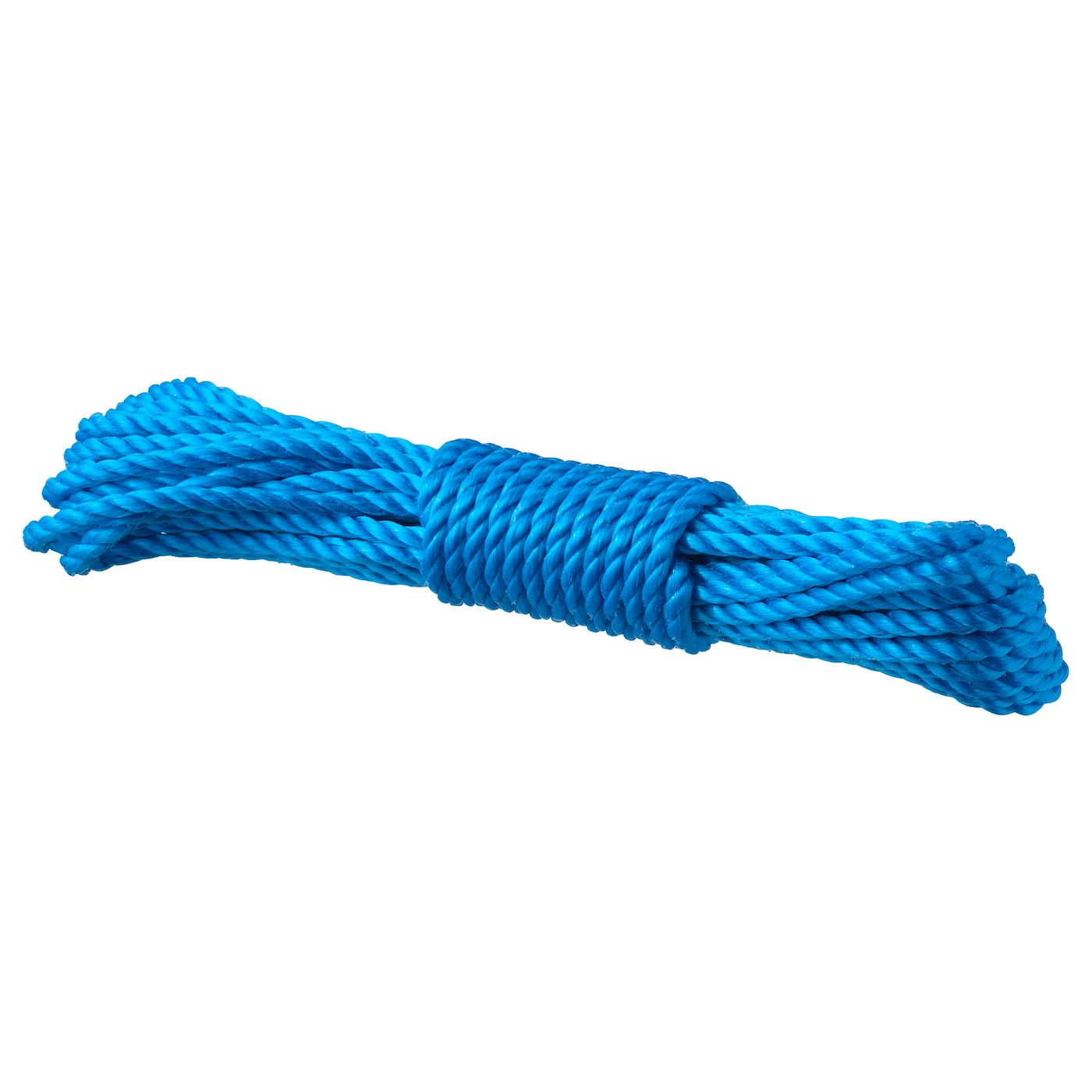
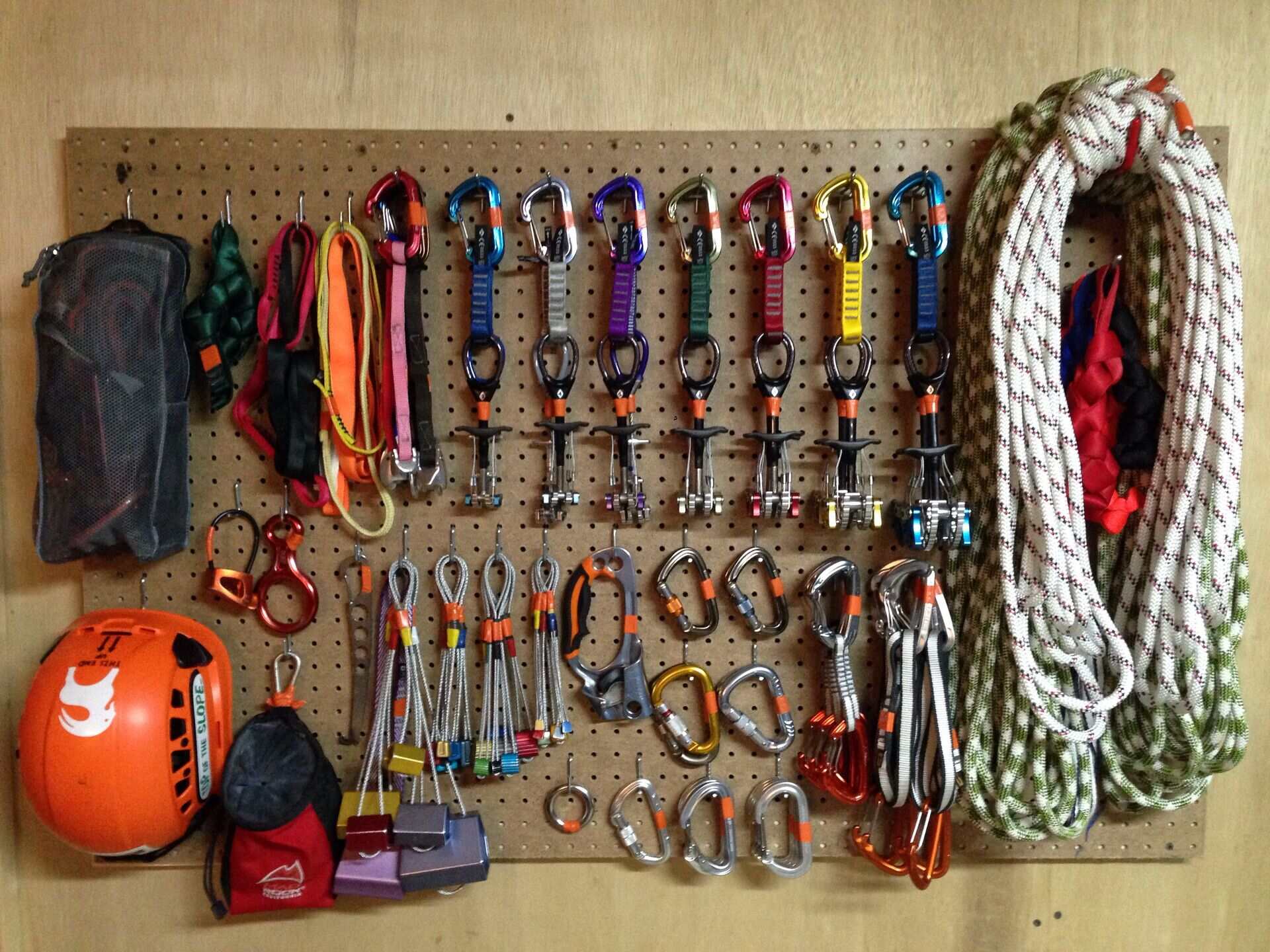
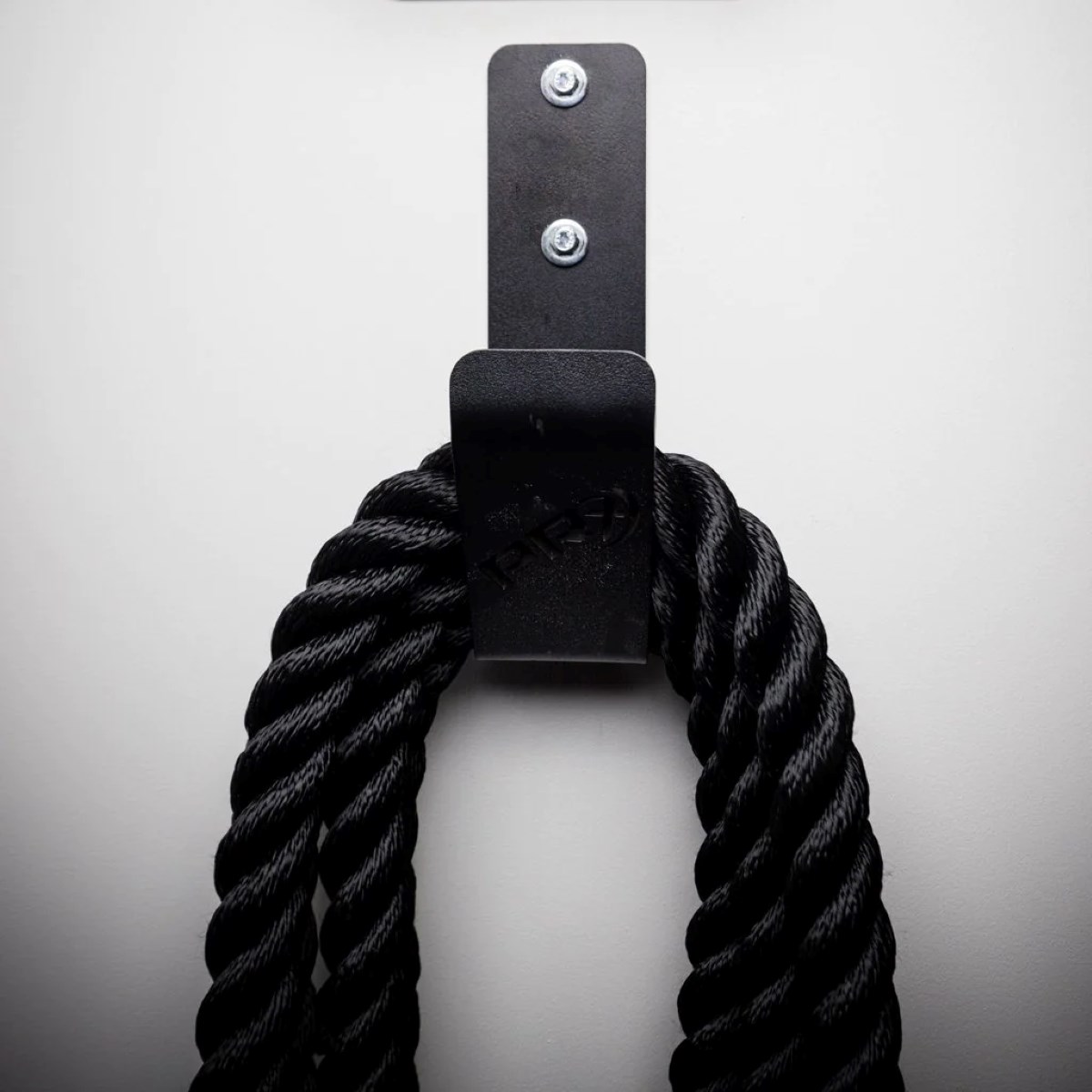
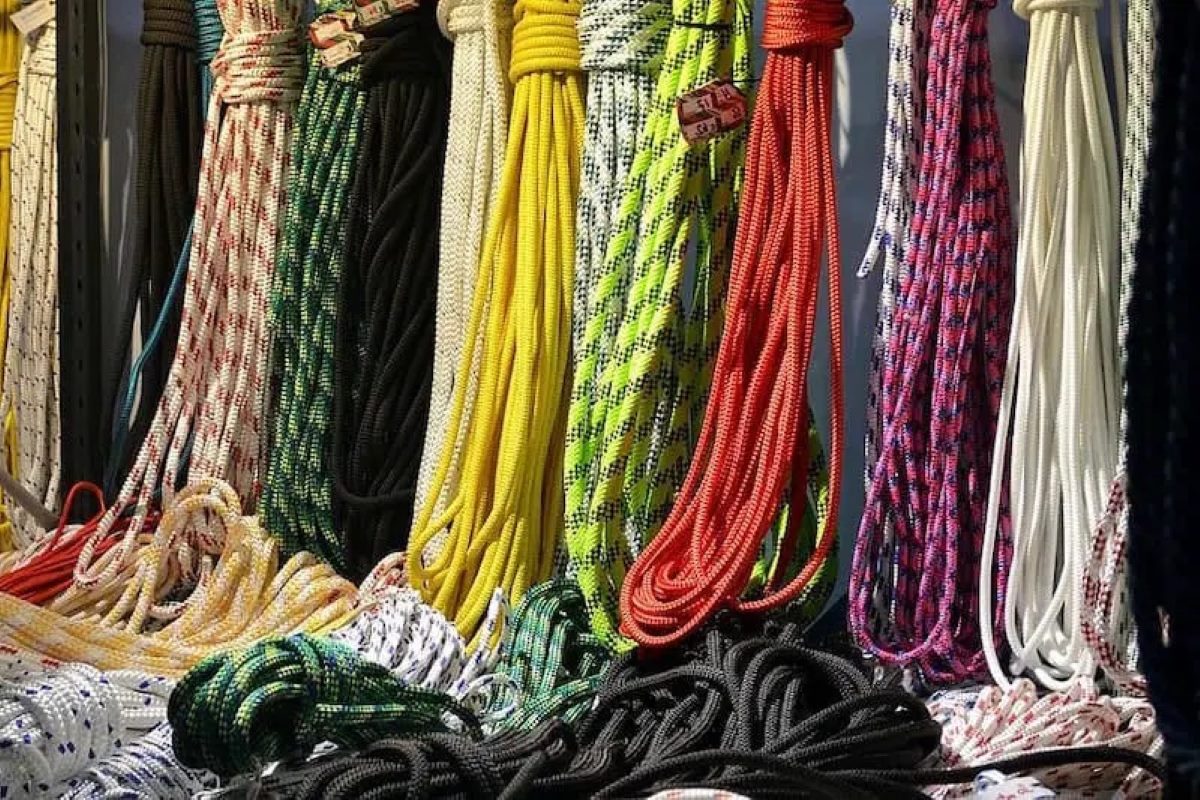

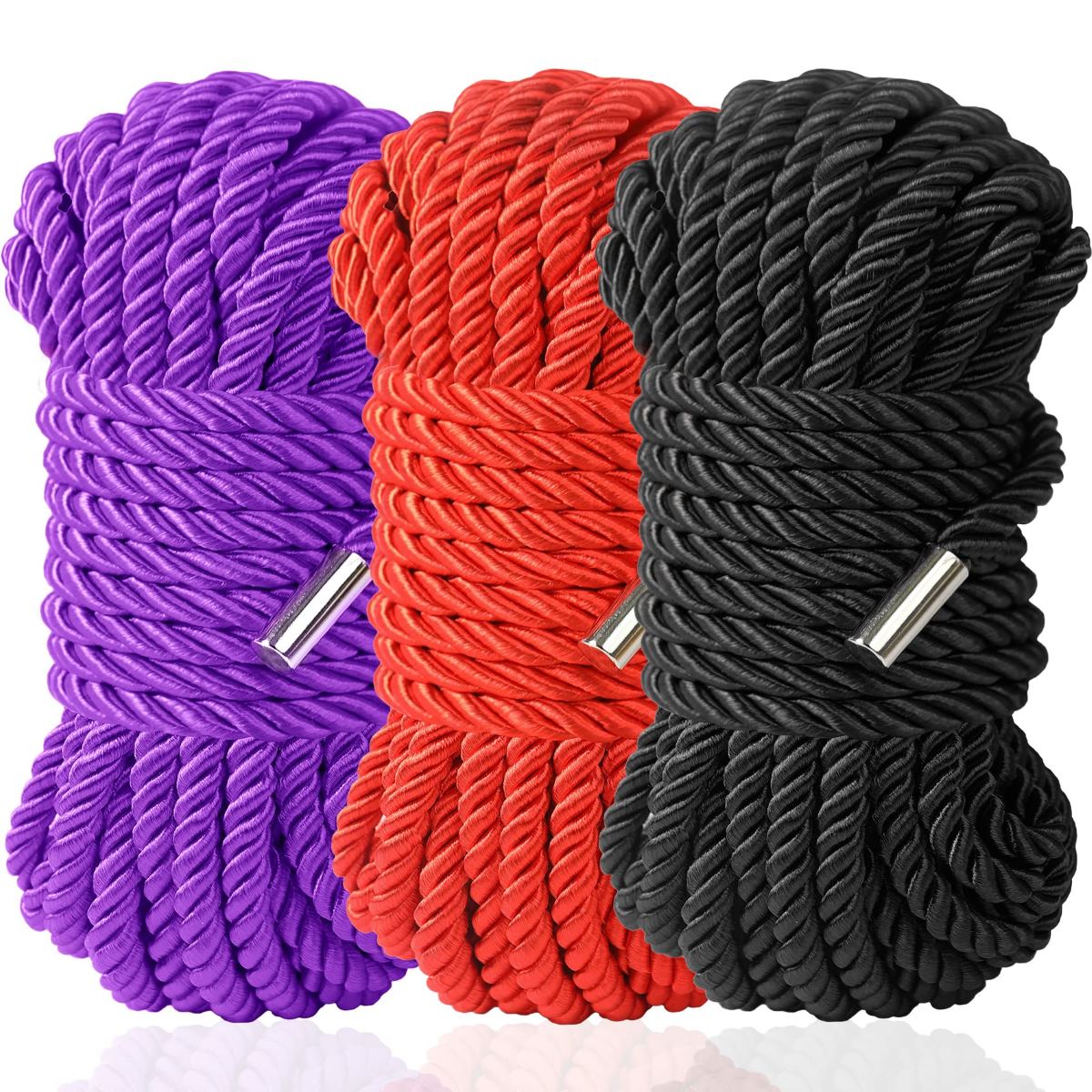
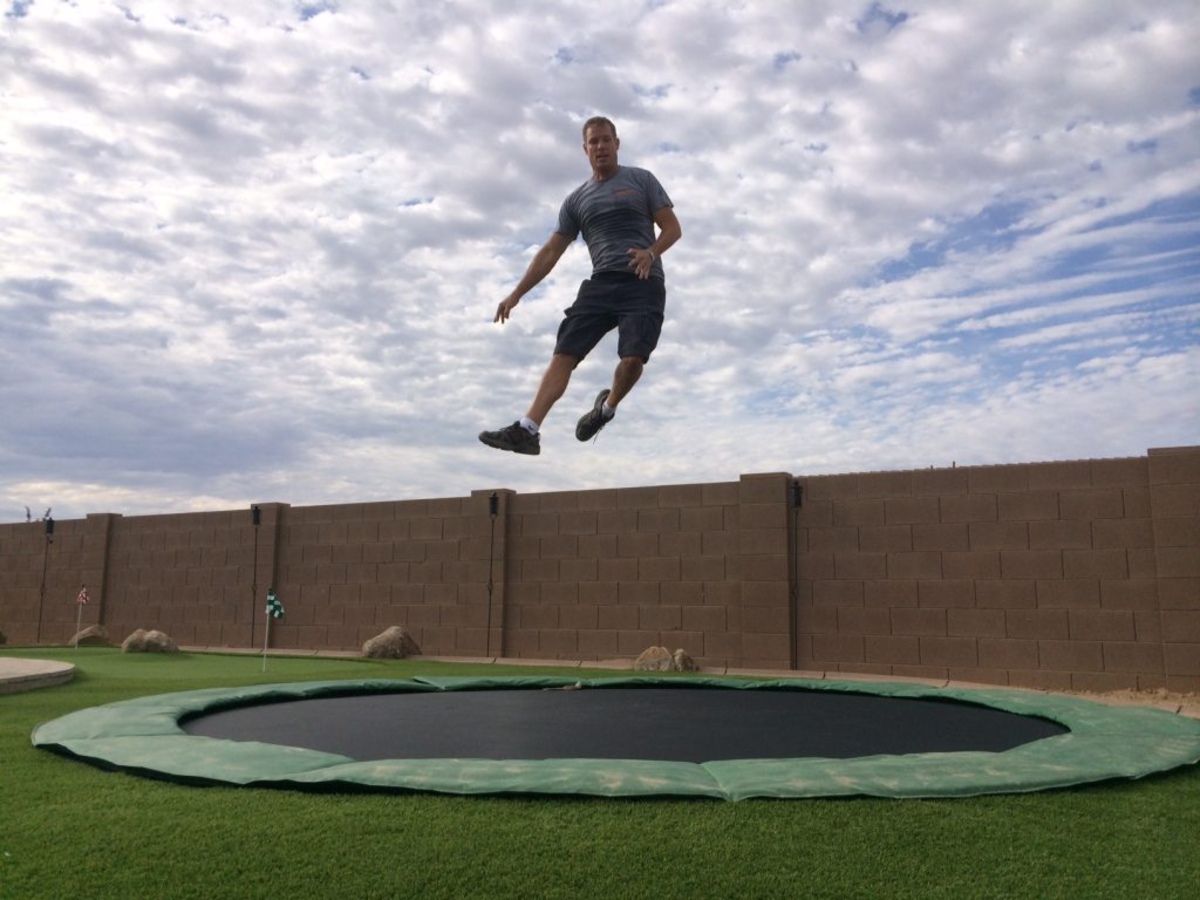

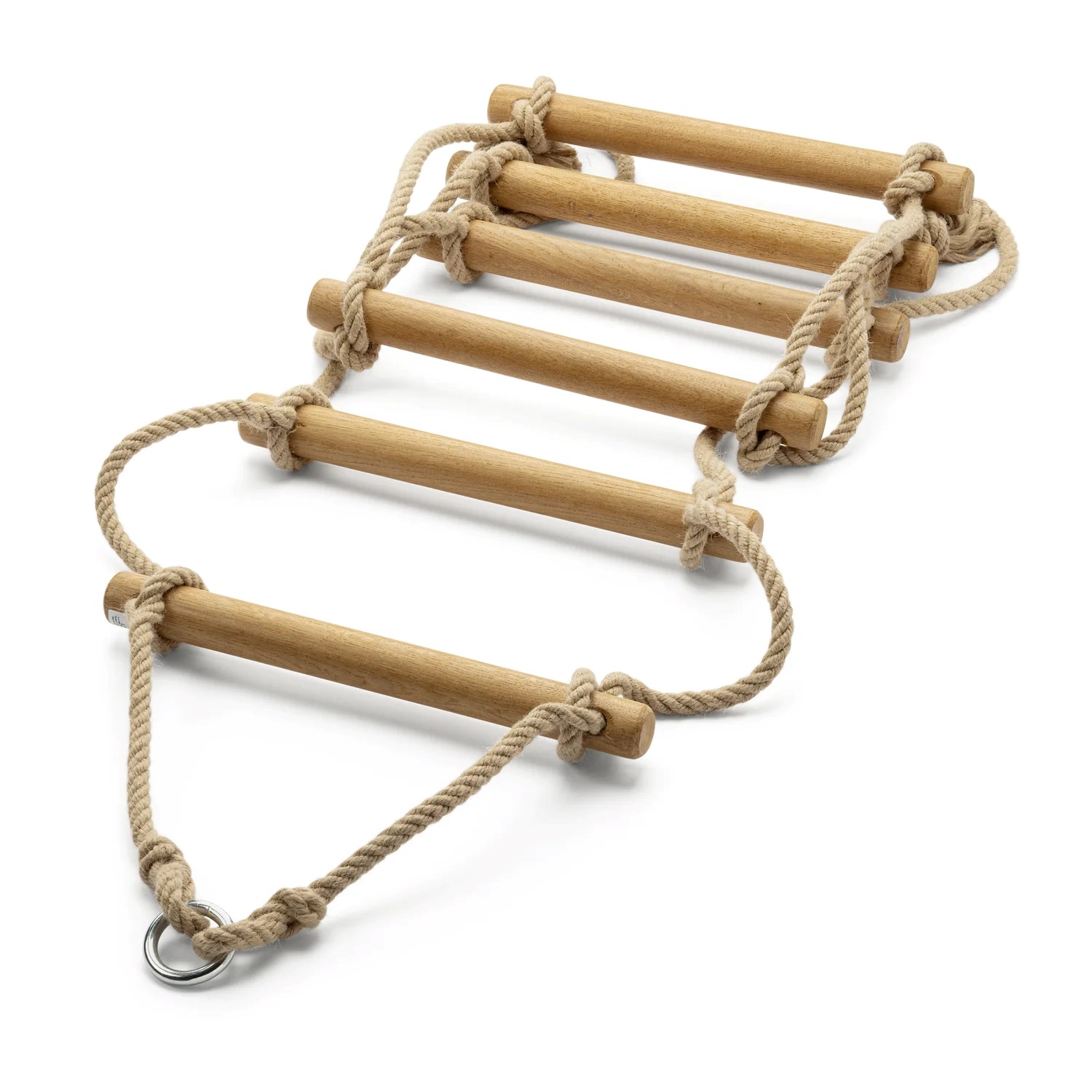

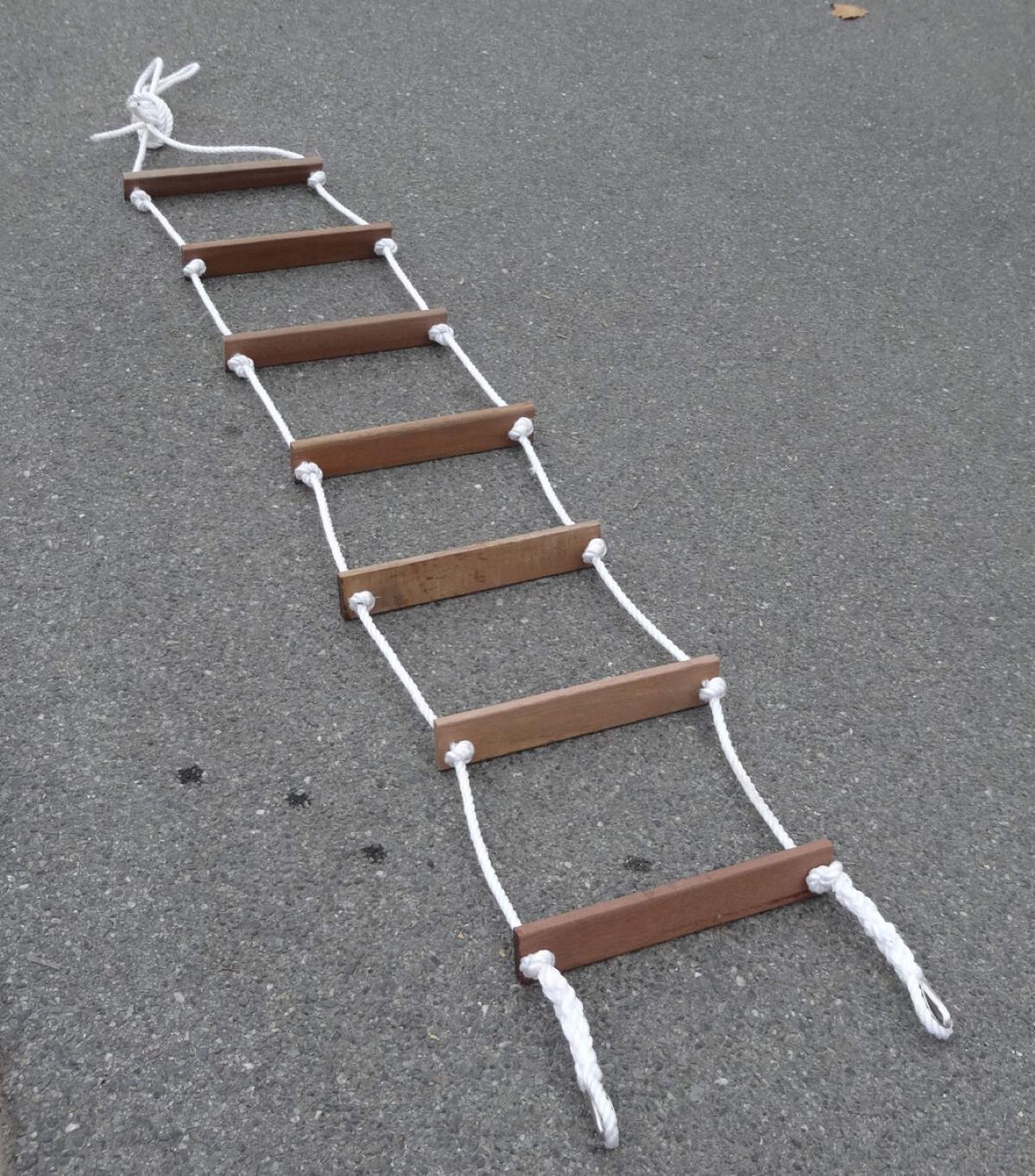


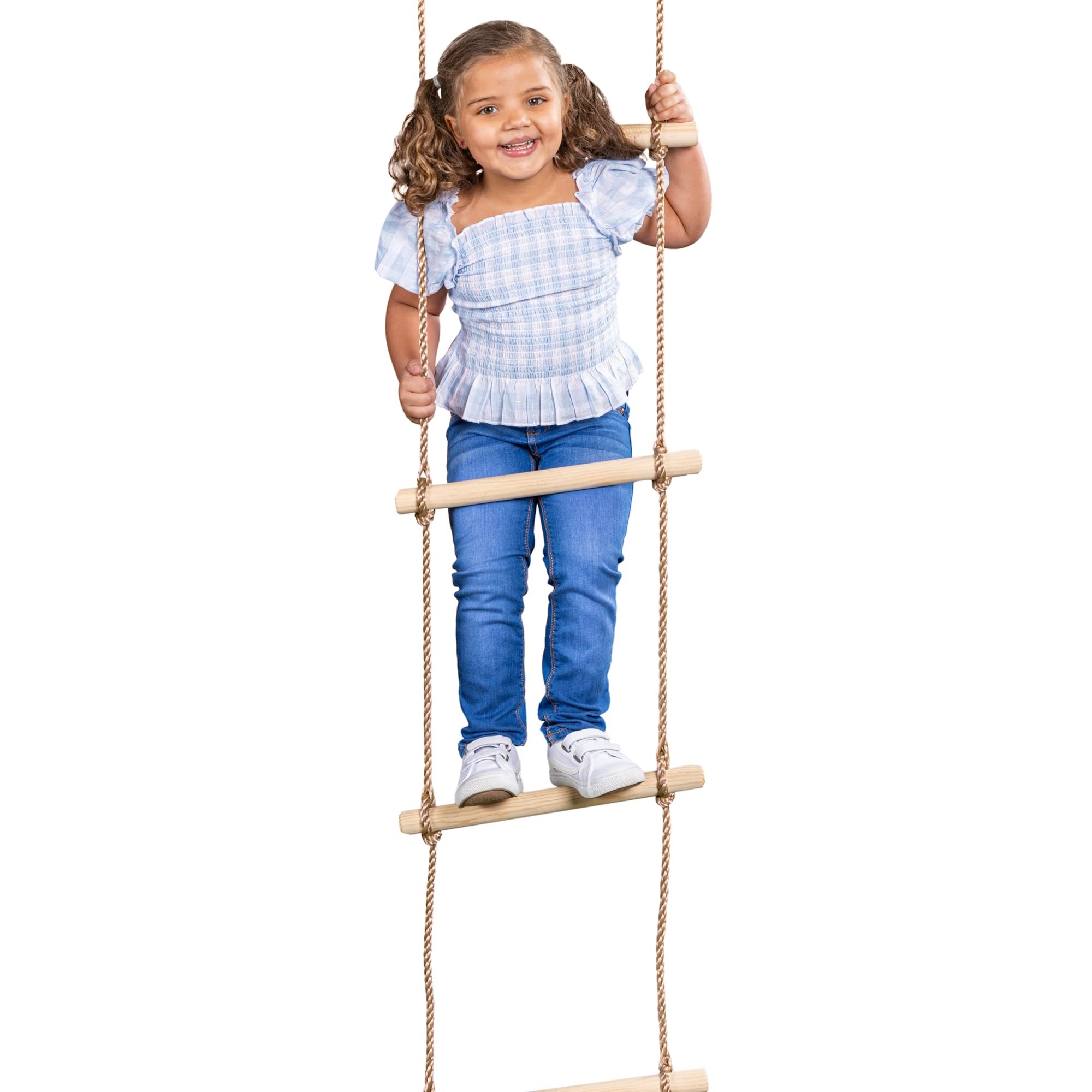

0 thoughts on “How To Store A Jump Rope”